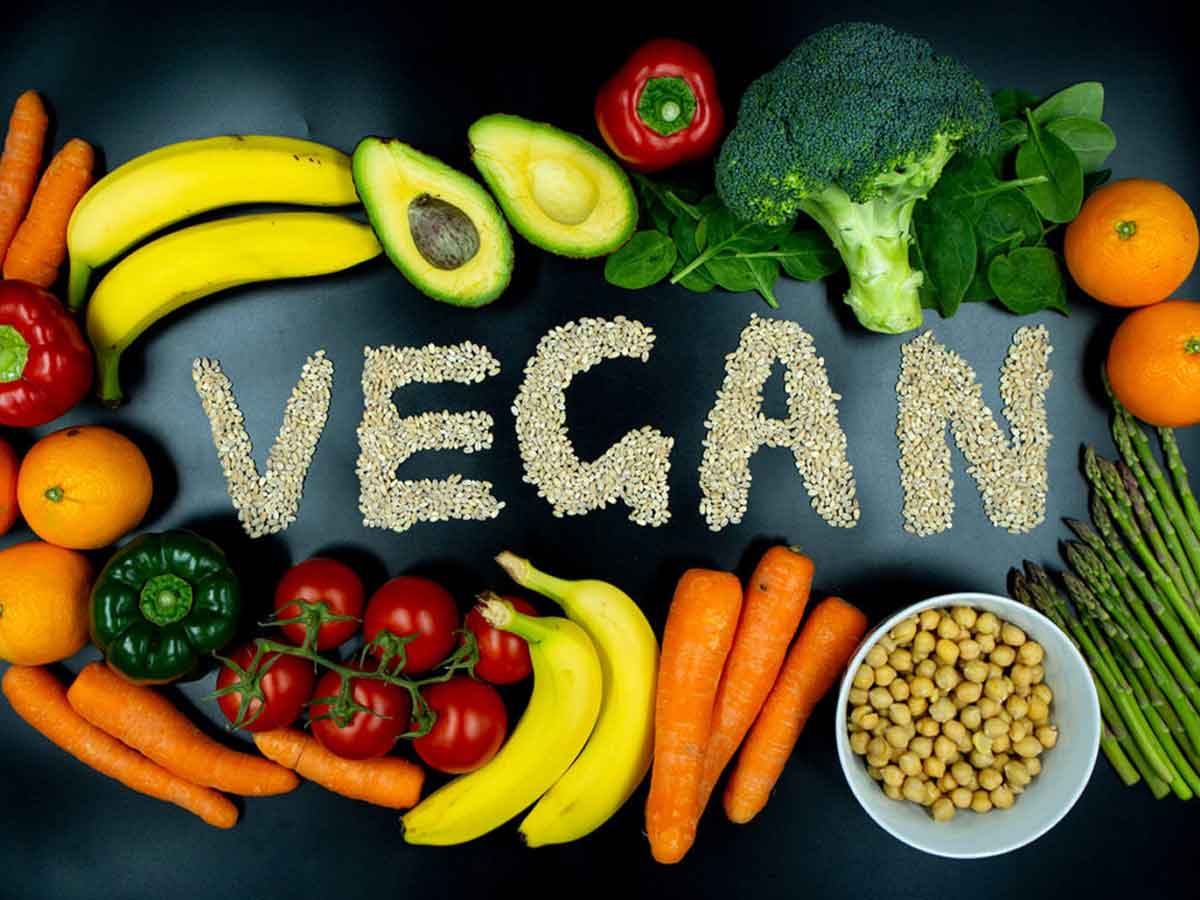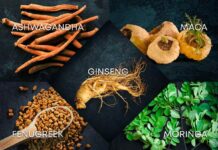If you’re looking to lose weight, you might have thought about trying a vegan diet. Vegans do not consume any animal products, including meat, fish, eggs, or dairy products. Instead, they consume fresh fruits and vegetables, beans and legumes, plant-based milk, other non-dairy items, and meat substitutes.
While some people prefer the vegan lifestyle due to ethical issues about animals, the diet may have some health benefits. Veganism can also help you lose a considerable amount of weight, according to recent studies.
The vegan diet has grown in popularity. Veganism is becoming increasingly popular for ethical, environmental, and health reasons. When done correctly, such a diet can have various health benefits, including a slimmer waistline and better blood sugar regulation. However, a diet consisting solely of plant foods can, in some cases, increase the risk of nutrient deficiencies.
What is Vegan Diet?
Veganism is characterized as a way of life that seeks to eliminate all types of animal abuse and cruelty, whether for food, clothing, or other purposes. As a result of these considerations, the vegan diet excludes all animal products, including meat, eggs, and dairy. People chose to eat a vegan diet for a variety of reasons. These typically range from ethics to environmental issues. Still, they may also be motivated by a desire to better one’s health.
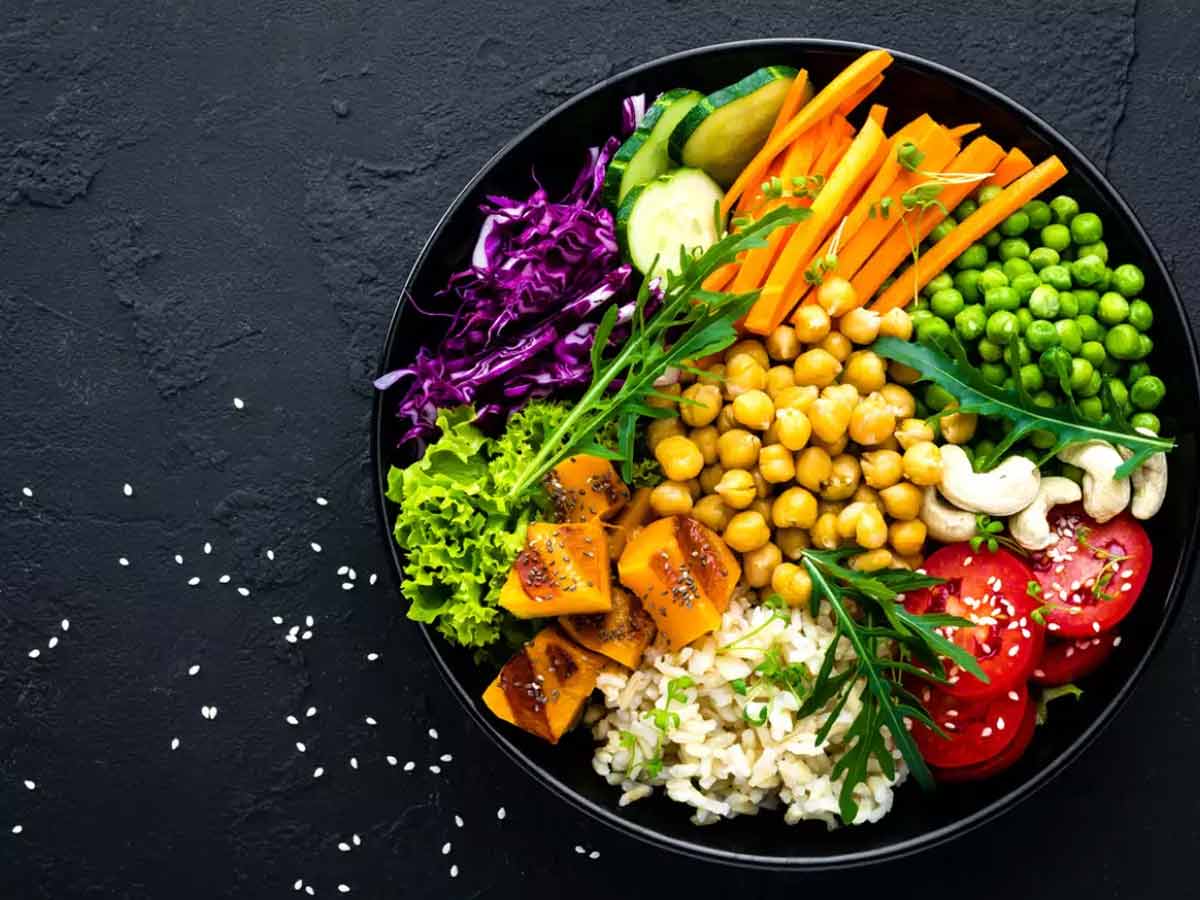
Vegan diet foods and meals that are good for weight loss
- Berries, pears, apples, oranges, and other fiber-rich fruits
- Broccoli, potatoes, carrots, Brussels sprouts, and other fiber-rich vegetables
- Kale, spinach, collard greens, and Swiss chard are examples of leafy greens.
- Avocados, olive oil, nuts, and seeds are all high in healthy fats.
- Tofu, tempeh, soy milk, and seitan are examples of plant-based proteins.
- Oatmeal, brown rice, quinoa, and whole-grain bread are examples of whole grains.
- Black beans, lentils, and chickpeas are examples of legumes and beans that are high in protein.
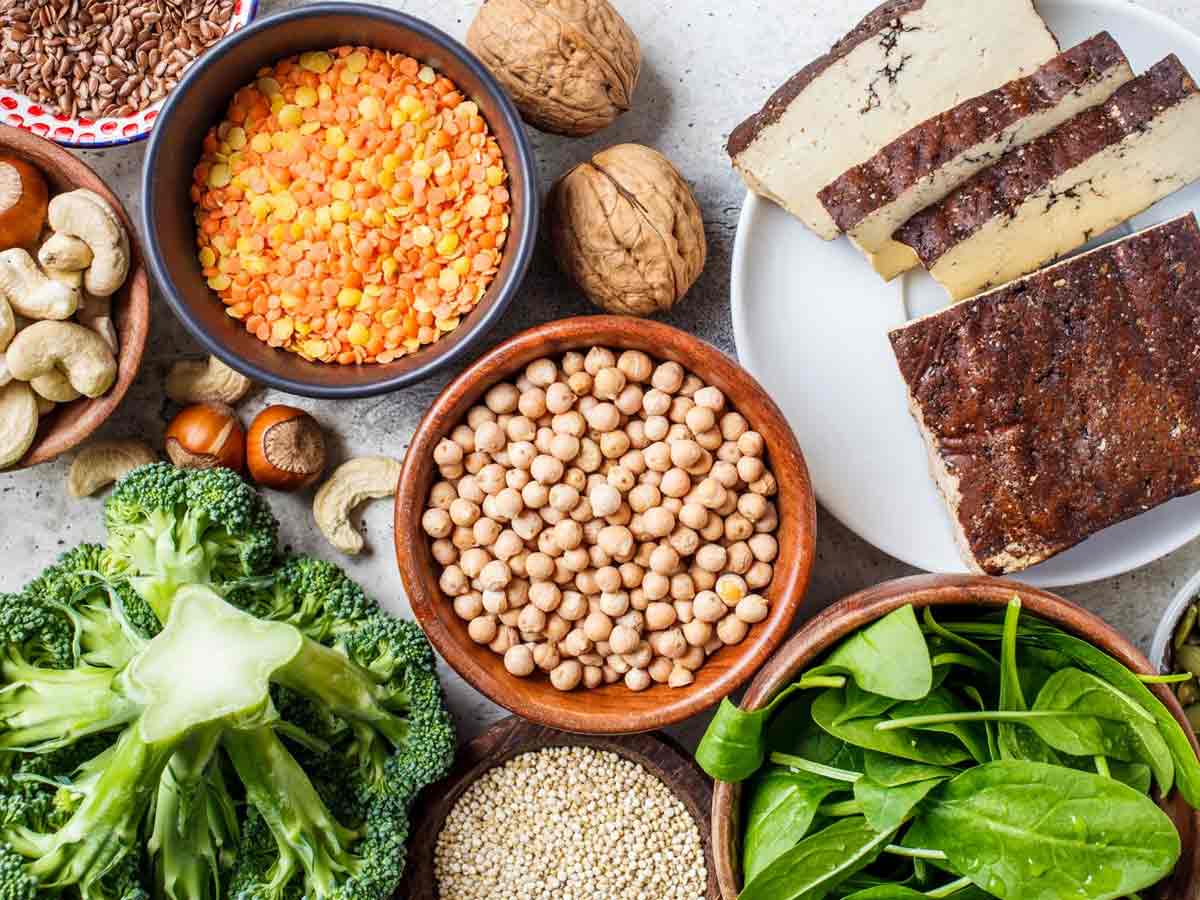
Vegan foods/Meals to avoid if you’re trying to lose weight
- Processed meat substitutes: Although not all of these choices are unhealthy (and plant-based meats are more common than ever), you should read the nutrition label as carefully as you would any other packaged product.
- Vegan desserts: Unless you know, what’s in them, vegan cookies, cakes, and ice cream should be considered treats and consumed in moderation.
- White bread and pasta: It’s easy to overdo it on starches on a vegan diet, so watch your portions and try to include more vegetables in your meal.
- Vegan granola bars and chips are examples of processed vegan snacks. Consider the ingredients, calories, and sugar content.
Also Read, Amazing Facts that you should keep in mind for Modern Vegan Diet
Tips for preparing a nutritious vegan meal
1. Vegetables should be piled high on your plate.
Doctors also suggest that you fill half of your plate with vegetables before adding anything else. You’ll have built-in portion control for the rest of your plate, whether it’s fats, proteins, or whole grains.
2. Don’t skip the protein.
For most carnivores, the meal revolves around protein. In contrast, vegans will often change the emphasis and sometimes fill up on bread, pasta, and rice. However, going vegan does not mean giving up protein, as it can help you remain fuller for longer (and you’re likely to feel hunger pangs once you start losing weight). “Consider legumes including beans and peas as additional sources of protein,” Devinsky advises. The 2015-2020 Dietary Guidelines for Americans suggest 5.5 ounces of protein a day.
3. Take care of your portions.
At the end of the day, nutritious foods produce calories. Even if your snack is vegan (and a high-quality, nutrient-dense food), extra servings will add up and stall weight loss attempts, according to Robyn Goldberg, RD, a nutritionist in California.
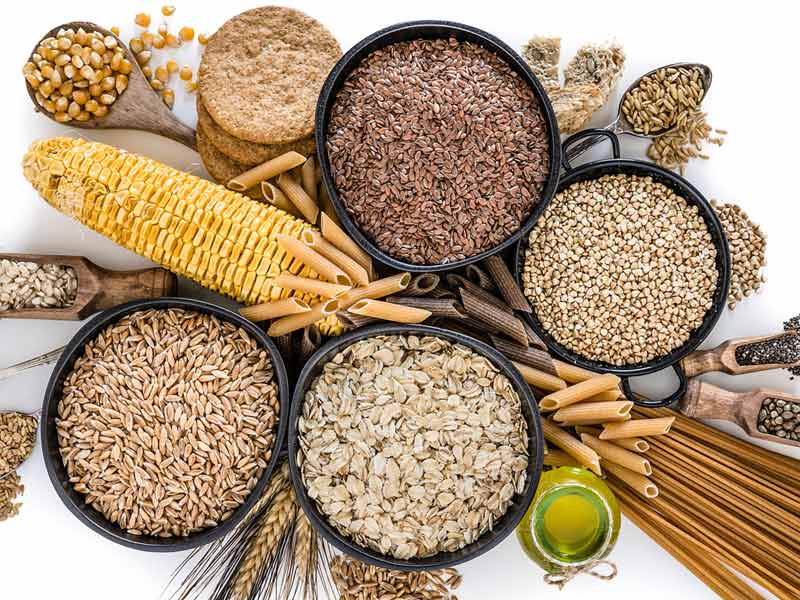
4. Eat whole grains.
Stop consuming simple carbohydrates if you want to maintain a balanced vegan diet (like white bread). Instead, use whole grains (such as wild rice, oats, and quinoa) or simply substitute plant-based protein sources such as lentils, beans, or chickpeas.
5. Have some balanced fats.
Avocados, olives, and nuts are rich in satiating monounsaturated and polyunsaturated fats, which can aid in weight loss.
6. Keep an eye out for vegan treats/snacks.
Just because a decadent-looking cookie says it’s vegan doesn’t mean it’s any better than a non-vegan cookie. A vegan cookie does not contain or free from butter or eggs. Still, the majority of them do contain vegetable oils and sugar.
7. Avoid eating processed foods.
The same less-is-more approach applies to processed foods, even though they are vegan. If you’re going to eat processed vegan food, be cautious and read the label thoroughly. The more unfamiliar the ingredients, the worse it is.
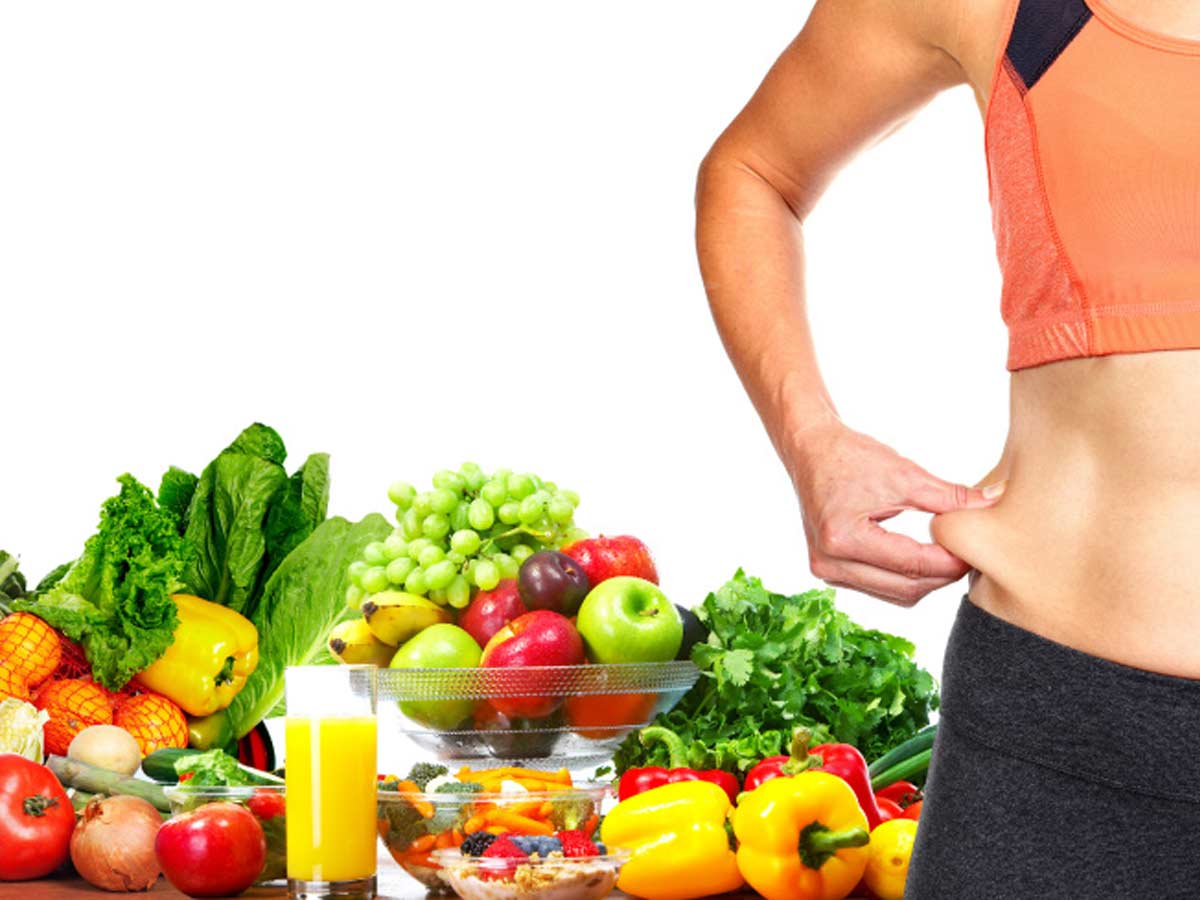
Although Calorie intake varies from person to person. But here, we will be providing you schedule to follow a vegan diet for weight loss.
Note: This diet will give you more results if you add daily workouts to your daily routine
On Monday
- Breakfast: Vegan breakfast sandwich with tofu, lettuce, tomato, turmeric, and cai latte made with plant milk.
- Spiralized zucchini and quinoa salad with peanut dressing for lunch.
- Dinner will be a red lentil, and spinach dal served over wild rice.
On Tuesday
- Overnight oats with fruit, fortified plant milk, chia seeds, and nuts for breakfast.
- Sandwich with seitan and sauerkraut for lunch.
- Dinner: Pasta with lentil bolognese sauce and a salad on the side.
On Wednesday
- Breakfast consists of a mango and spinach smoothie made with fortified plant milk and a banana-flaxseed-walnut muffin.
- Lunch: Baked tofu sandwich with tomato salad on the side.
- Dinner: Vegan chili over amaranth.
On Thursday
- Breakfast: Whole-grain toast with hazelnut butter, banana, and a plant yogurt with probiotics.
- Tofu noodle soup with vegetables for lunch.
- Jacket sweet potatoes with broccoli, corn, beans, cashews, and guacamole for dinner.
On Friday
- Breakfast: A vegan chickpea and onion omelet with fortified plant milk and a cappuccino.
- Vegan tacos of mango-pineapple salsa for lunch.
- Tempeh stir-fry with bok choy and broccoli for dinner.
On Saturday
- Breakfast consists of spinach and scrambled tofu wrap and a bottle of fortified plant milk.
- Soup of spiced red lentils, tomatoes, and kale with whole-grain toast and hummus for lunch.
- Dinner consists of veggie sushi rolls, miso soup, edamame, and wakame salad.
On Sunday
- Breakfast consists of chickpea, guacamole, salsa, and a bottle of fortified orange juice.
- Tofu vegan quiche with sautéed mustard greens for lunch.
- Dinner will be vegan spring rolls.
Remember to rotate your protein and vegetable sources during the day. They each contain various vitamins and minerals that are important for your health.





















